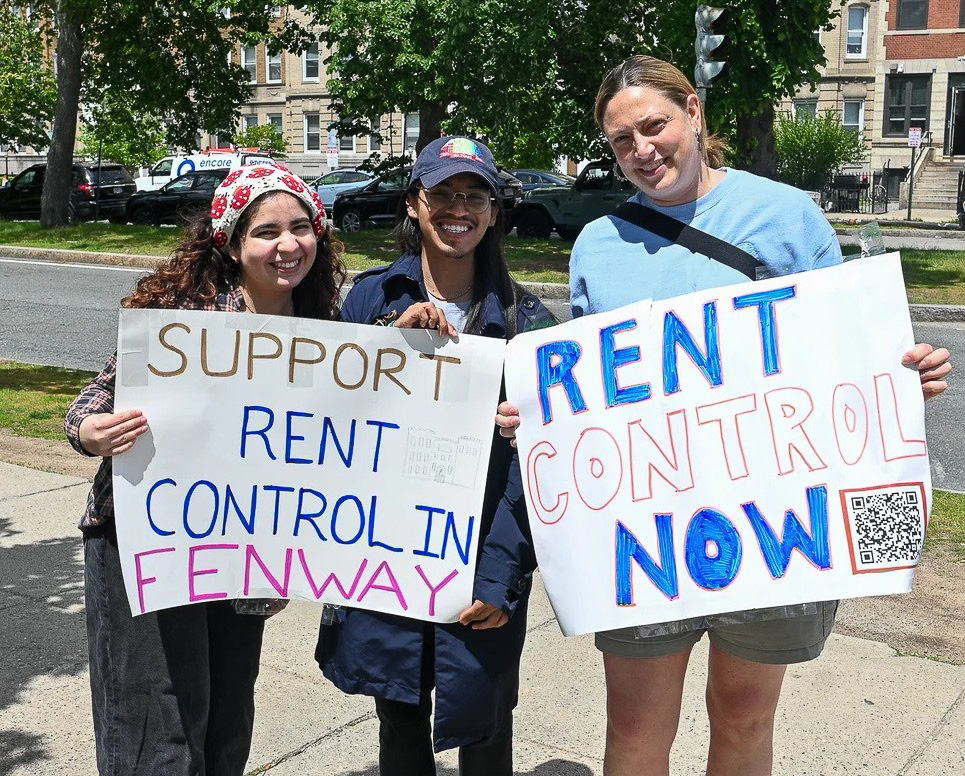Tornadoes are chaos in its purest form. With high velocity winds throwing heavy objects around sporadically, they are truly untamed works of nature. Xenia, Ohio, the sight of two devastating tornadoes in the late 20th century, is not only an example of the destructive chaos that tornadoes wield, but an example of the chaotic urban environment developed over the last century of technological advancements in the United States.
Xenia is unfortunately most notable for these two natural disasters — the first of which destroyed around 1,400 homes — and for being the setting of Harmony Korine’s 1997 film “Gummo,” which also discusses the impacts of the tornado. While the city might not have much else to its name, I believe that it deserves a bit more of a spotlight, as it makes the perfect example of “hodgepodge urbanism” rampant throughout smalltown America.
A drive around Xenia would not look too different from another city of its size in most of the country. There is the historic main street district with its decorative masonic facades and walkable corner shops, the small collection of pre-war victorian homes mixed in with the cheap 1970s ranch-style houses, and, of course, a larger-than-necessary helping of low-density big box stores and fast food chains with a sea of parking lots to accommodate.
The characteristics of major U.S. cities are usually defined by the booming industries that caused them to gain prominence in the first place. Boston, for example, has the old colonial townhouse and brownstone apartment styles of pre-automobile society prominent throughout its many neighborhoods. But, as you move into the suburbs, which saw most of their growth during the post-war interstate boom, you find much more car-centric design in both residential and commercial architecture.

Small cities like Xenia, which were incorporated in the early 19th century and are too far from any major cities to be considered proper suburbs, have a fascinating combination of less homogenous real estate development styles compared to larger cities. In Xenia, a historic mainstreet which grew as a result of 1800s railroad infrastructure, will be within a mile, or even a block, of 1960s suburban sprawl.
The proximity of these different architectural styles is a sort of physical recounting of U.S. history. You can see where causes of industrial growth transitioned from train-riding tradesmen to meatpackers in oldsmobiles, and how the people of each era designed the places they chose to live, work and eat a warm meal.
It’s important to recognize the impacts these respective development styles have on our people and our planet. Suburban sprawl might bring consistency and comfort for its residents, but car dependency means a reliance on fossil fuels and an exorbitant amount of space dedicated to parking lots. Brick masonry of historic downtowns may be more cost-intensive, but the walkability provides convenience to shoppers, and the blank canvas retailing space provides flexibility for real-estate investment.
Xenia isn’t the sort of picturesque small city you’d want to put in a magazine, but it is an accurate example of the vast majority of small cities in the U.S. The reality is that the less-than-beautiful jumbling of these different developmental styles is who we are as a country.
The U.S. is a collage of many cultures, climates and lived experiences, and we have gone through many periods of social and technological revolutions that changed the way we built our cities. Small cities are microcosms of these revolutions, and as we look toward a new technological future, it’s important to consider how 21st century advancements will add to the quilt-like patchwork architecture of cities like Xenia.
























































































































